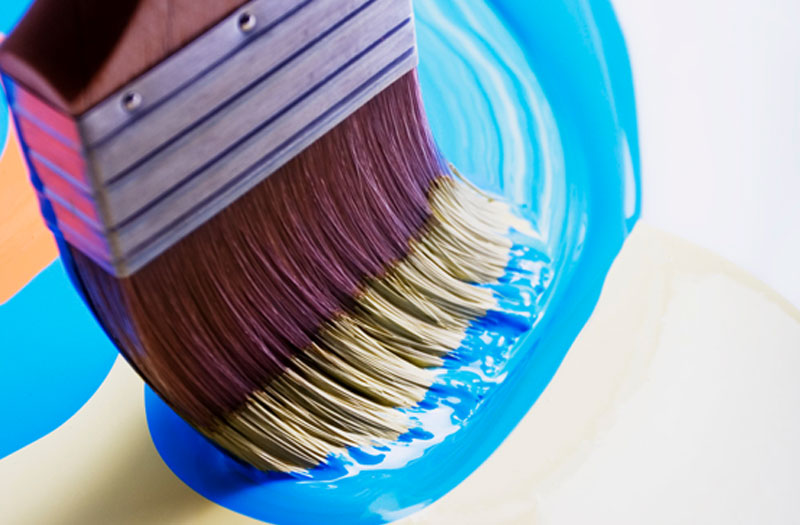Painting your house is something that most people can do with a little preparation and planning. Repainting a room can add value to your home, add some excitement to the room, and give you a new perspective. Here are some easy steps that you can follow to get a DIY professionally finished paint job:
1. Choose your colour
The first step is to pick the colour you want to paint the room. The trick is to get the paint chips and choose a colour that matches with your existing furniture and decorations (or your new ones if you are replacing those). There is no limit to what colours you can use, but keep in mind that if you want to sell the house one day, not all buyers will like your hot pink bathroom. When buying your paint it is best to invest in a high quality one, preferably water based and make sure you get mould resistant paint for your bathrooms, kitchen and laundry, and if in doubt about the kitchen, you can always seek help from the kitchen design experts. Many people skimp on brushes, this is a huge mistake as the cheaper brushes lose their bristles and end up getting stuck within the paintwork – it is worth paying the extra for a better quality brush.
2. Prep the room
Once you have chosen the colour, the next step is to prepare the room. Begin with taking out all of the furniture to be certain it doesn’t get damaged in any way. If some items are too big, move them to the centre of the room and cover them with a tarp. To protect your floors lay down a painter’s tarp or drop sheet, a good idea is to tape it down in order to keep it in place.
Inspect your walls and fill any holes, gaps and cracks with a putty, wait for it to dry and then sand it down smooth. Once you are happy with the surface of your walls then move onto cleaning them with some warm water, sugar soap and a sponge to get rid of any dust and dirt left behind.
Next cover the trim of all windows and doors with tape to keep them from getting covered with paint. Do the same for any trim, baseboards and mouldings if you have those.
It can be a good idea to remove outlet and light switch coverings as well in order to paint under these. You don’t need to be an electrician to do this; you only need to remove the faceplates with the screws that are clearly visible. Be careful once you get it off though, it can be dangerous if you stick your hand inside there. If the coverings are looking worn out and discoloured, for a small cost you can replace all the covers, this will really freshen up the finished look.
3. Put the primer coat on
It is always a good idea to add a layer or two of primer first. The primer works as a protective sealant so that the paint work looks great and lasts longer. A primer coat also works at hiding any dark colours and stains, giving your walls an even tone.
4. Paint the walls
Now is the fun part; actually doing the painting. Stir your paint before you begin, and never paint straight from the can. The quickest way to paint your walls is with a roller brush and tray. Be careful not to put too much paint on your roller, if you notice it dripping on the wall then you might be using too much. Use a smaller paint brush to cut into cornices and trims, and for painting the delicate areas around light fixtures, doors, outlets, and such.
One good technique for rolling on the paint is to make a ‘W’ shape with the paint. Repeat this shape over and over until you have filled in the entire wall. Only work on one wall at a time to make certain that the paint dries evenly.
Make sure that you take your time with this. You want to do it once and do it right. If you go too fast, you are more likely to leave bald spots that do not get enough paint on them. Finally allow your paint to fully dry between coats, it is generally about two hours between coats however refer to the paint can to be 100% certain.
Painting a room can be a fun weekend project for almost anyone. It is a cost effective way to improve the look and value of your home. You can also use it to set the mood for different rooms – blue and greens are soothing whereas red and oranges are energising. Experiment with different colours and have fun with this easy home improvement plan.






